What Happens in Vegas
February 28th, 2009 by PotatoI went into this movie figuring it would be a very juvenile concept comedy (two people get drunk and married in Vegas!) and would be pretty dumb. But my sinuses were full and I just wanted to put something on while I went to the “nothing box”. Now, this opinion was doubtlessly helped by the facts that 1. I had zero expectations for what this film would deliver and 2. I had taken a lot of cold medicine, but I actually liked it.
It was exactly what it was pitched as: a silly situational comedy where two people get hitched and then have to live with each other. There were a few cheap laughs, but they didn’t resort to over-the-top gross-out stuff, it seemed to stay fairly tasteful and funny. And towards the end, it actually turns into a pretty sweet rom-com. It was surprisingly good (not as surprisingly good as Stranger than Fiction or Dan in Real Life turned out to be, but certainly “not bad”, which is way more than I was expecting). I don’t know if I should bother for a movie this predictable, but…
spoiler warning…
… So these two people get married, and win the jackpot in Vegas. Now with $3 million to split they end up going through divorce rather than a quick annulment, because each wants to claim the new marital property. The judge (Dennis Miller) goes on a bit of a rant about how it’s not the gays that are ruining the sanctity of marriage, but people like them who get hitched in Vegas and want out the next week. So he denies the divorce and sentences them to “6 months hard marriage”. If either of them gets caught not making an effort of making the marriage work, they lose their share of the $3 million.
They start off nearly at each other’s throats, playing silly little pranks, and trying to get the other to break the marriage. As can be expected for a rom-com, they start to see each other’s points of view and start falling for each other. Now the point where this movie really started to work for me was right where we can see that they’re actually starting to make it work, and they’re in a hotel room for a getaway, and there’s actually some chemistry, some spark in the air. So as they get undressed for bed there’s this tension, and you figure ok, this is a Hollywood movie, so this is the point where they’re going to sleep together and have a happily ever after. But they don’t — after a meaningful glance, he goes to sleep on the couch, she on the bed. The divorce goes through the next week. Finally free of each other, they then seek each other out again to start over, properly, slowly. I found it to be a very satisfying ending, it seemed a lot more real and meaningful to me than the quick and easy ending that I saw possibly happening in the hotel room.
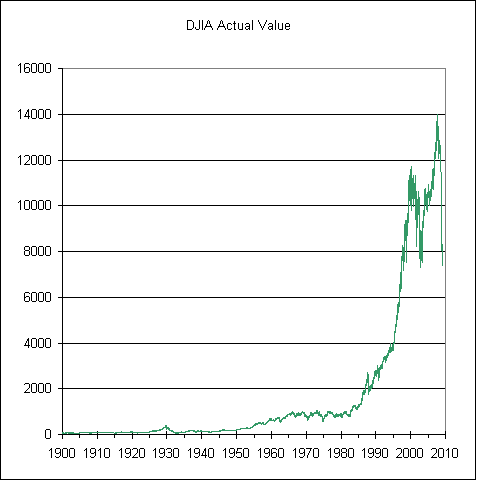
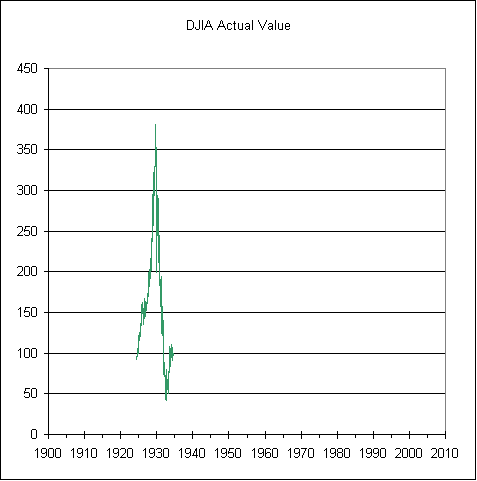
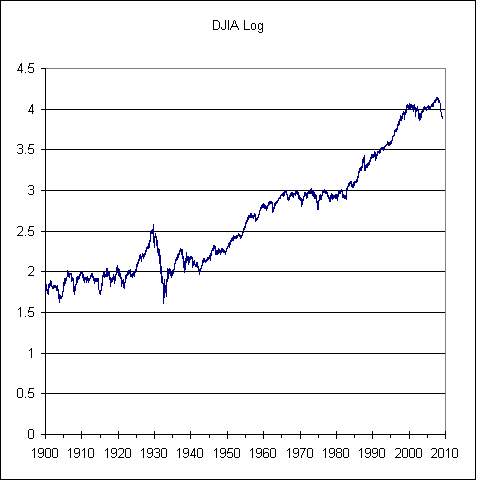
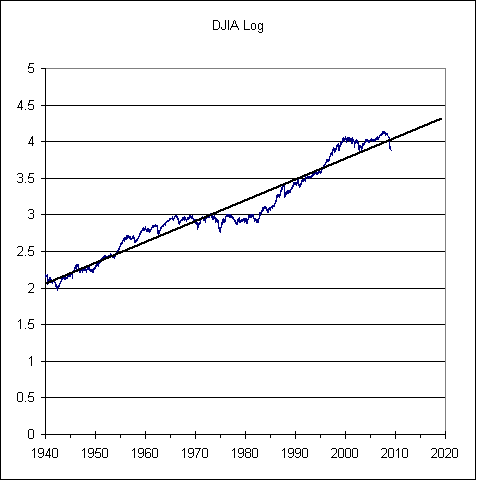
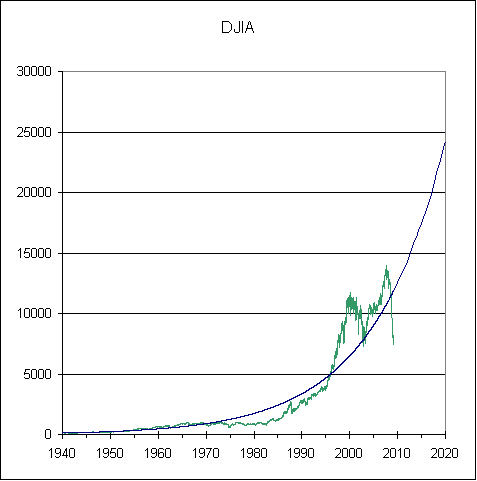


 Questrade: use QPass 356624159378948
Questrade: use QPass 356624159378948 Passiv is a tool that can connect to your Questrade account and make it easier to track and rebalance your portfolio, including the ability to make one-click trades.
Passiv is a tool that can connect to your Questrade account and make it easier to track and rebalance your portfolio, including the ability to make one-click trades.